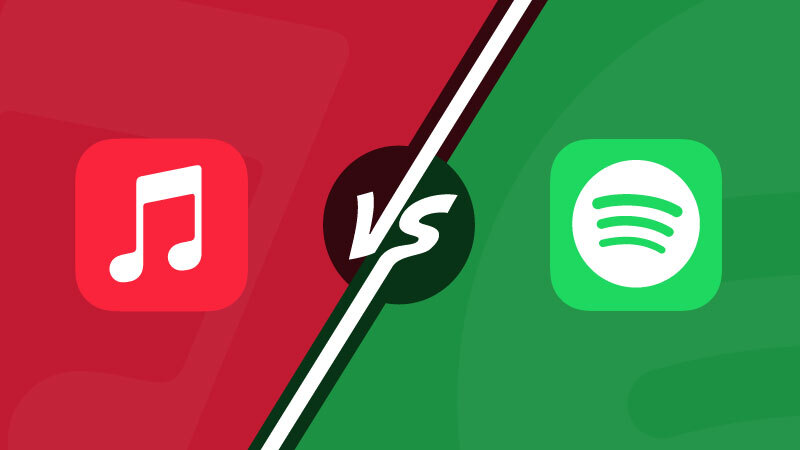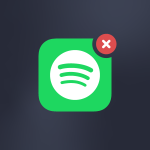Spotify needs no introduction. Market leader, podcast and audiobook specialist, impressive catalog of songs, benchmark algorithm… The Swedish company has reached the top thanks to intelligent investments and an ability to understand trends. What is the history of Spotify? How did it all start, and where is it going?

In this new article devoted to the history of a streaming platform, we take on another giant of the streaming world after Deezer, TIDAL, and Apple Music! Let’s dig into the history of Spotify.
For your information, Spotify does not authorize the transfer, export, or synchronization of playlists made by Spotify itself (like “Spotify’s Top 50”, for example). But don’t worry: any playlists you’ve created on Spotify can still be exported, transferred, and synchronized with Soundiiz!
The foundations of the history of Spotify
Technology has always been in Daniel Ek’s blood. He’s always enjoyed considering improvements to existing tools, creating websites from age 14, and programming. To say he was precocious would be an understatement. He quickly developed a passion for programming and set up a company with some high school friends. They multiplied projects and gained experience. But Daniel spends almost as much time in front of his computer as he does listening to music. For him, music is a family affair.
Daniel consumes a lot of music, and like many people of his generation, he does it illegally. Via Napster. In a previous article on the history of streaming platforms, we explained how Napster revolutionized the music world in just a few years. After Napster, everything was never the same again.

Daniel is fascinated by the tool and its technology. But he’s not surprised when the law catches up with Napster and forces it to close.
He then sees an opportunity. There was room for a legal tool that would make it possible to listen to music almost ad infinitum. In his head, the ideas are racing, and the foundations of Spotify are being laid. At the same time, Daniel Ek has consolidated his position in the world of technology. He’s worked with major accounts, headed up uTorrent, created a start-up, and then sold it to another company, TradeDoubler. Daniel is a millionaire, but he doesn’t intend to stop working because of it.
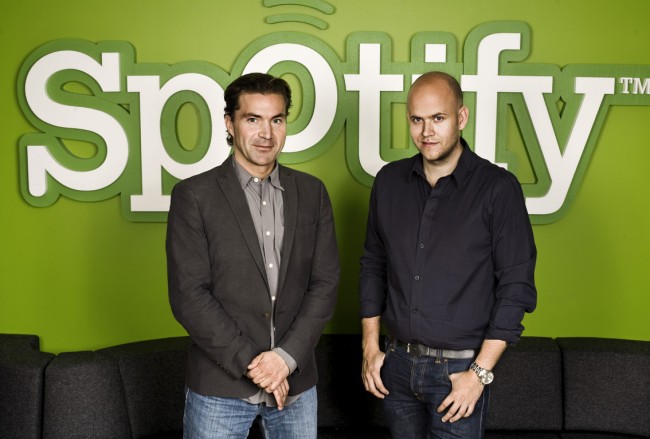
The start-up sale enabled him to meet a person who would help change his life: Martin Lorentzon, then head of Trade Doubler.
Daniel told Martin about his idea to create a music streaming service where all the world’s music would be accessible. At the outset, the idea was based on the Napster model. They want to create a primarily free service but with some paying options.
Martin and Daniel are friends but have very different characters and skills: they complement each other and look in the same direction.
Early growth and development in the history of Spotify
In 2006, in Stockholm, Daniel and Martin created Spotify. The name condenses the words “Spotlight” and “Identify.” It is not illogical when you consider that Spotify is, first and foremost, a tool for finding songs identified in advance by its users.
The legal constraints are numerous, and the founders signed contracts with labels for two years. Universal Music Group, Warner, Sony BMG, and others are now part of the adventure. Spotify began to expand into France, the United Kingdom, and Spain. At that time, over five million songs are available to listen to.
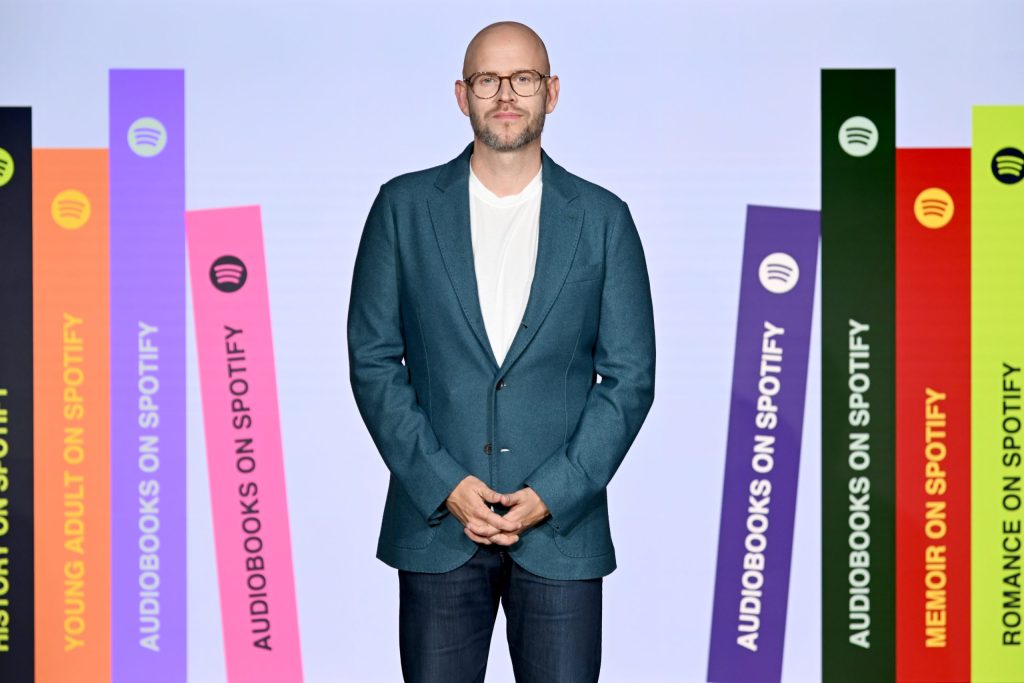
In 2008, Spotify was officially launched. The service offers paid subscriptions and a free, invitation-only model.
Although used by hundreds of thousands, if not millions of people, Napster was frowned upon by the record industry. Spotify is a model that would enable artists and their labels to generate money through streaming. A new world is on the way.
But it would be wrong to claim that Spotify is the first streaming platform to exist, far from it. In a recent article, we looked back at the history of streaming music: Deezer, iTunes, Pandora, Bandcamp, Last.fm, and SoundCloud already existed. Interestingly, over the years, Spotify has surpassed all these platforms regarding user numbers.
The big break in the history of Spotify
In 2010, everything changed for Spotify. The service is available in the United States. Mark Zuckerberg himself, the CEO of Facebook, contributed to the launch’s success by posting a message on his Facebook wall and, above all, by forging a partnership with Facebook. At the time, this was a guarantee of massive success. Facebook could not have been more powerful, and Spotify was a famous but almost unknown service in the crucial US market. Facebook enabled connecting directly to Spotify via its interface, making everything more accessible.

Spotify was a great success, with over a million users in the US just a year after its launch. This is a significant milestone in the development of the streaming service. They also raised $100 million after years of being in deficit. 2008, for example, they reported losses of around $4.4 million.
Promises
In 2012, worldwide success became a reality. Spotify registers 20 million active users, including 5 million premium subscribers. An Android app is also available. Three years later, the service modernized, adding a visual and more ergonomic dimension to its web and mobile version. Despite increasingly fierce competition, it continues to be one of the most popular streaming services.
In 2013, Spotify launched its “Discover Weekly” service, and many people praised the accuracy of its recommendations. Spotify thus became an effective tool for discovering new artists weekly. Even today, Spotify retains a unique appeal in this area.

It was in 2015 that one of Spotify’s most popular features emerged: its recommendation system. The algorithm has taken years to develop and is now the delight of Spotify users. It continues to improve and is still one of the streaming service’s most positive features.
In 2018, Spotify continued to expand, setting up operations in the Middle East and South Africa. It is also the year Spotify goes public. The Swedish company invests heavily in podcast platforms such as Anchor FM and Gimlet Media. It is one of Spotify’s most innovative strategies: today, podcasts are a significant part of listening habits. Spotify is considered by many to be the leader in the field.
Minor setbacks in the history of Spotify
Podcasts reinforce Spotify’s dominant position and set it apart from the competition. They also effectively master the social dimension of music, offering effective cross-content, notably with Instagram. Spotify is keeping ahead of technological innovations by adapting its interface to the needs of a new generation lulled by TikTok’s navigation system.
It had raised some eyebrows, especially as, unlike many of its competitors, it was still impossible to listen to music in very high definition.

Over the years, Spotify has fought many battles with its main competitor, Apple Music. We explained the background to this in a previous article. But the company, like other streaming platforms, has also been at the center of numerous debates concerning the remuneration of the artists featured in their song library. Spotify is one of the worst performers on the market in this area, and there’s no doubt that it will have to make efforts to achieve fairer remuneration.
No doubt, to compensate for this, Spotify has launched its “Spotify For Artists” initiative, which is constantly being enriched with new features. The aim is to give artists access to many tools for understanding their audience, generating additional revenue, communicating concert dates and new releases, or selling merchandising. The possibilities are numerous, as we discussed in this article.
What about now?
According to Tech Crunch, Spotify had over 500 million subscribers by April 2023. An increase of 22% on the same period the previous year. One black mark, however: more people use the free version than the paid one.
Where can Spotify go from here?
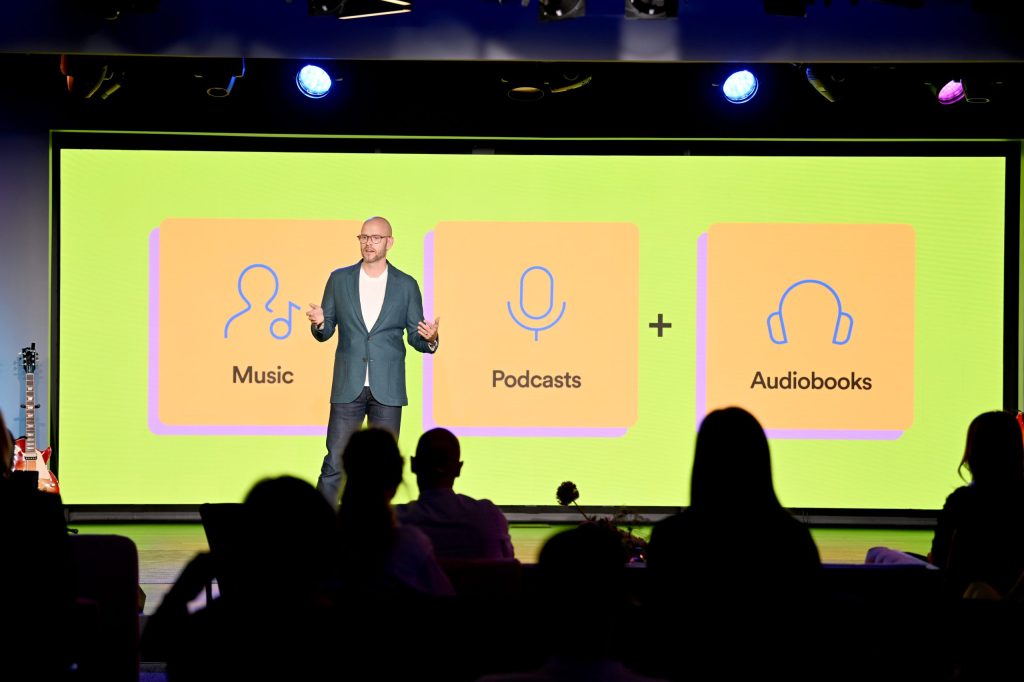
At a press conference in October 2023, Spotify CEO Daniel Ek announced plans to launch a “Super Premium” service with HD audio, playlists ever closer to users’ tastes, and other options. Using Artificial Intelligence, Spotify has also developed a tool for converting a voice into multiple languages without losing the tone and timbre of the original voice. Called Voice Translation, the tool could be a goldmine for audio content creators and open up exciting prospects. Spotify should continue to expand its audiobook catalog while consolidating its algorithm.
While it is difficult to predict how the company will continue to develop, it faces a significant challenge: increasingly fierce competition in an already highly competitive sector.
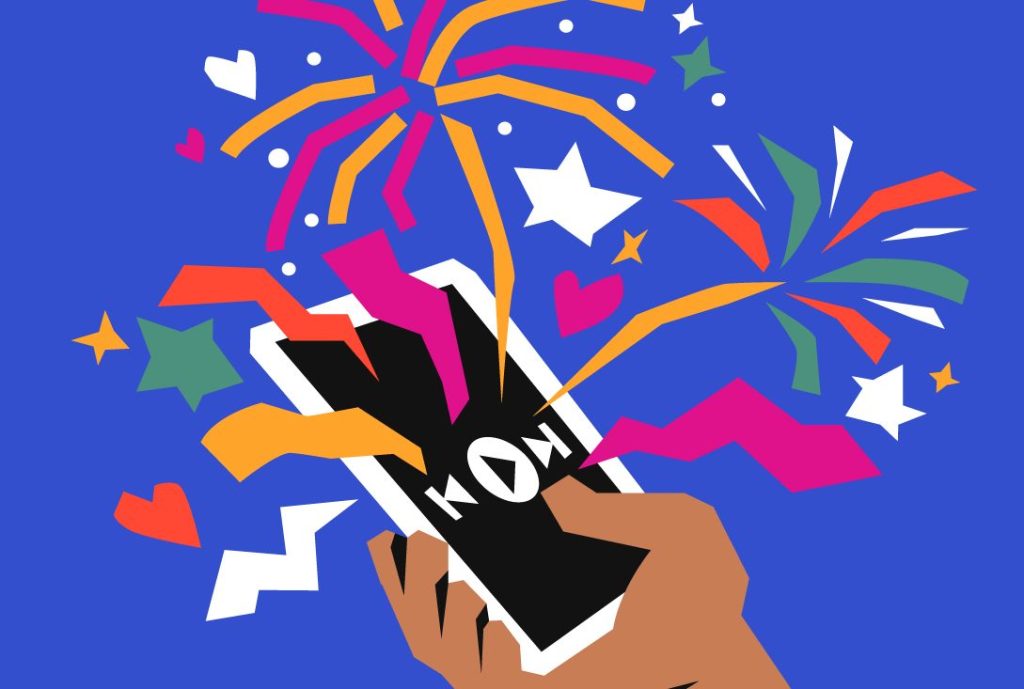
In the US, YouTube Music and Amazon Music are gaining ground by leveraging the power of their core companies. Against this, Spotify, Deezer, and TIDAL need help positioning themselves, particularly in price.
In a few years, the hierarchy of the streaming world could be turned upside down. Once again.
Why use Spotify with Soundiiz?
You’re beginning to know that Soundiiz is the perfect companion for getting the most out of your use of streaming platforms.
Firstly, you can directly transfer all the data collected on your previous streaming services to your new Spotify account. And by “all,” we mean your likes, playlists, the artists you follow, and the albums you’ve saved. Everything can be found directly on Spotify using our Transfer function. You’ll find all the details in this article, so you’ll understand what it’s all about.

And yes, in case you were wondering, our services are 100% legal because we don’t download or retrieve any audio files.
With Soundiiz, once your Spotify account is connected to your Soundiiz account, you can delete and update multiple playlists and manage everything in one place. You can keep your playlists up to date and never out of date.
Another feature appreciated by our users is the ability to sync playlists. Let’s say you’ve been a TIDAL user until now but decided to subscribe to Spotify. You’ve hesitated because you like TIDAL’s playlists, and you’d like to be able to continue listening to them on Spotify and benefit from their updates. Soundiiz makes it possible.

Using our Sync function, you can ask Soundiiz to retrieve updates to your TIDAL playlists at your chosen frequency. And you’ll be able to find them again, effortlessly, on your Spotify account.
We hope you liked this blog article on the history of Spotify. You can now subscribe to Spotify and import your data using Soundiiz!


